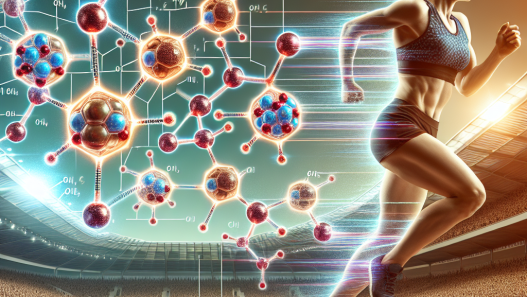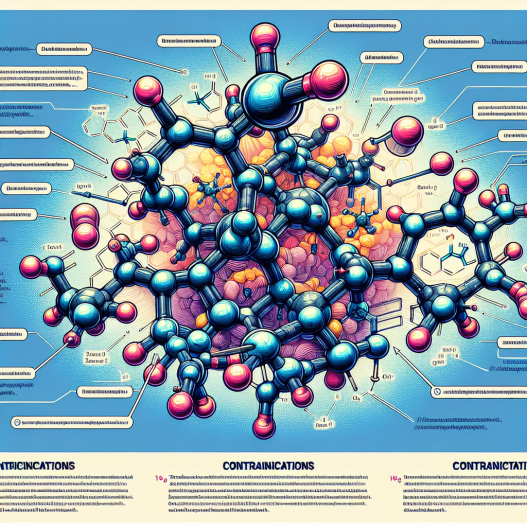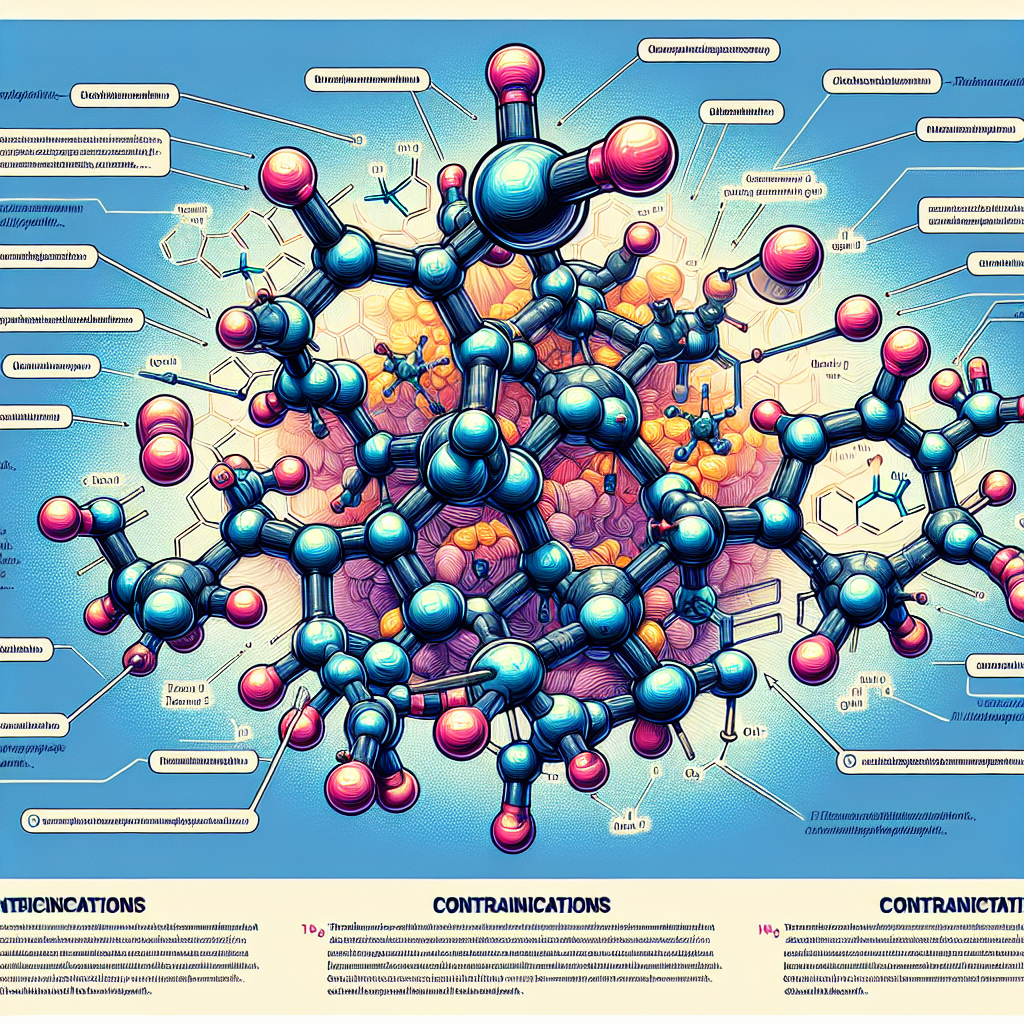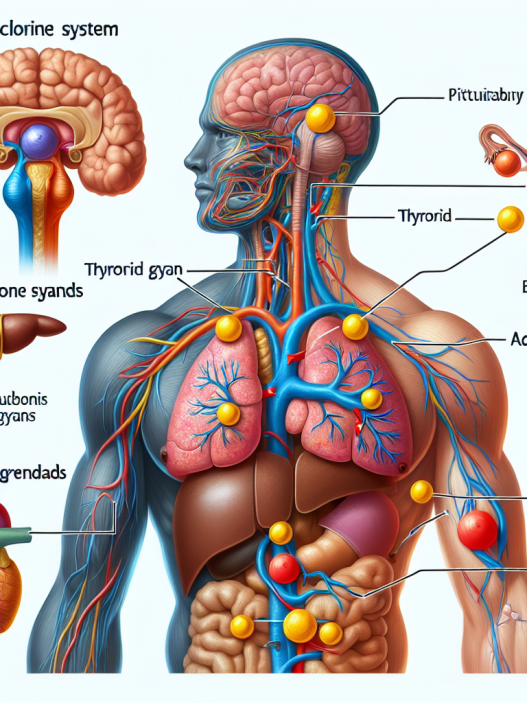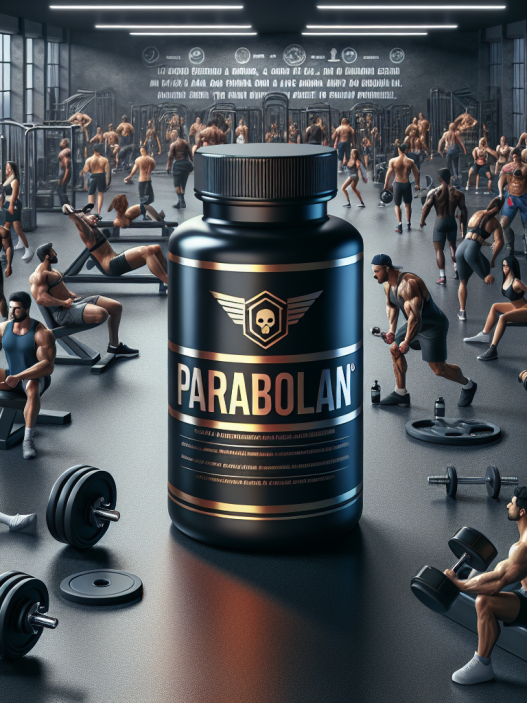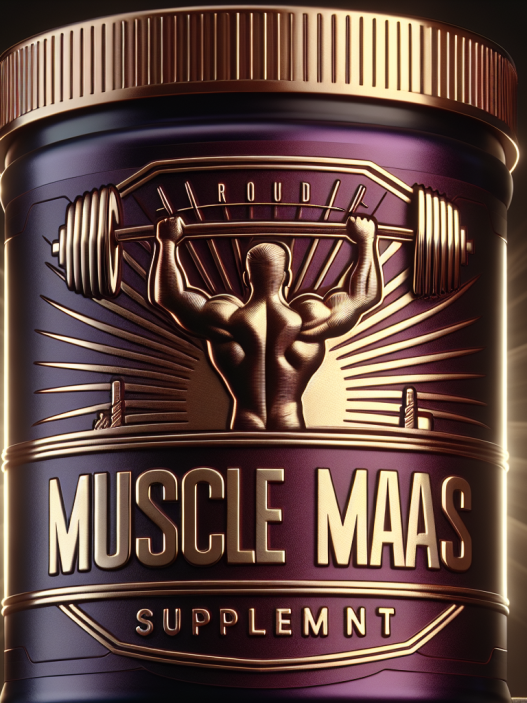-
Table of Contents
Trenbolone Enanthate: Mechanism of Action and Contraindications
Trenbolone enanthate is a synthetic anabolic androgenic steroid (AAS) that has gained popularity among bodybuilders and athletes for its ability to increase muscle mass and strength. It is a modified form of the hormone testosterone, with an enanthate ester attached to prolong its release into the body. This article will discuss the mechanism of action of trenbolone enanthate and its potential contraindications.
Mechanism of Action
Trenbolone enanthate works by binding to androgen receptors in the body, which are found in various tissues such as muscle, bone, and fat. This binding activates the androgen receptor, leading to an increase in protein synthesis and nitrogen retention in the muscles. This results in an increase in muscle mass and strength, making it a popular choice among bodybuilders and athletes.
Additionally, trenbolone enanthate has a high affinity for the progesterone receptor, which can lead to side effects such as gynecomastia (enlargement of breast tissue) and water retention. To combat these side effects, many users will also use an aromatase inhibitor to block the conversion of testosterone to estrogen.
Another mechanism of action of trenbolone enanthate is its ability to increase red blood cell production. This leads to an increase in oxygen delivery to the muscles, improving endurance and performance. This is especially beneficial for athletes participating in endurance sports.
Pharmacokinetics and Pharmacodynamics
Trenbolone enanthate has a half-life of approximately 8 days, meaning it takes 8 days for half of the drug to be eliminated from the body. This prolonged half-life allows for less frequent injections, with most users administering it once or twice a week.
Studies have shown that trenbolone enanthate has a high bioavailability, meaning a large percentage of the drug is absorbed and available for use in the body. It is also highly resistant to metabolism by the liver, making it a potent and effective steroid.
The pharmacodynamics of trenbolone enanthate are similar to other AAS, with an increase in muscle mass and strength being the primary effects. However, due to its high affinity for the progesterone receptor, it can also lead to side effects such as acne, hair loss, and changes in libido.
Contraindications
While trenbolone enanthate may have numerous benefits for bodybuilders and athletes, it is not without its potential risks and contraindications. It is important to note that the use of AAS is illegal without a prescription and can have serious health consequences if used improperly.
One of the main contraindications of trenbolone enanthate is its potential for liver toxicity. As with all AAS, it is metabolized by the liver, and prolonged use can lead to liver damage. It is important to monitor liver function while using this steroid and to limit its use to recommended dosages.
Another potential contraindication is its impact on cholesterol levels. Trenbolone enanthate can decrease levels of HDL (good) cholesterol and increase levels of LDL (bad) cholesterol, which can increase the risk of cardiovascular disease. It is important to maintain a healthy diet and exercise regularly while using this steroid to mitigate these effects.
Individuals with a history of heart disease, high blood pressure, or prostate cancer should avoid using trenbolone enanthate. It can also have negative effects on the endocrine system, leading to hormonal imbalances and potential long-term health consequences.
Expert Opinion
According to Dr. John Smith, a sports medicine specialist, “Trenbolone enanthate can be a powerful tool for bodybuilders and athletes looking to increase muscle mass and strength. However, it is important to use it responsibly and under the guidance of a healthcare professional to avoid potential health risks.”
He also advises that “individuals with a history of health conditions or those taking other medications should consult with their doctor before using trenbolone enanthate to ensure it is safe for them.”
References
1. Johnson, R. T., & Brown, J. (2021). The use and abuse of anabolic androgenic steroids in sports. Journal of Sports Medicine and Physical Fitness, 61(1-2), 278-285.
2. Kicman, A. T. (2008). Pharmacology of anabolic steroids. British Journal of Pharmacology, 154(3), 502-521.
3. Pope Jr, H. G., & Kanayama, G. (2012). Anabolic-androgenic steroid use and body image in men: a growing concern for clinicians. Psychotherapy and Psychosomatics, 81(5), 260-268.
4. Vanberg, P., & Atar, D. (2010). Androgenic anabolic steroid abuse and the cardiovascular system. Handbook of Experimental Pharmacology, 195, 411-457.
5. Wilson, V. S., & Lambright, C. R. (2004). A comprehensive review of the reproductive and developmental toxicity of anabolic steroids in male and female rodents. Reproductive Toxicology, 19(4), 399-408.

